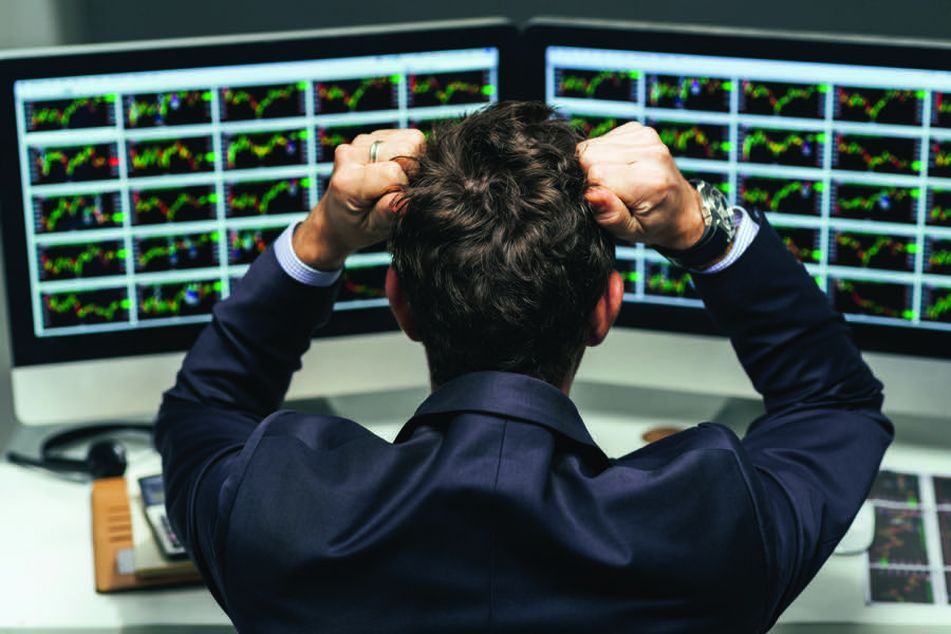Increased SEC scrutiny may be making ETF providers uncomfortable

Increased SEC scrutiny may be making ETF providers uncomfortable, and the industry may soon have to adapt to new regulations. (More: The full Spotlight on ETFs special report)
The Securities and Exchange Commission has its eye on the exchange-traded fund industry, and that increased scrutiny may be making ETF providers uncomfortable.
The SEC is concerned about three areas: trading during exceptionally volatile periods, such as the Aug. 24 flash crash; liquidity and redemption issues with some ETFs; and highly leveraged ETFs.
Foremost on the SEC’s mind are the trading problems that many ETFs encountered during the flash crash.
“One fact that is crystal clear about Aug. 24 is this: Many ETFs behaved in an unpredictable and volatile manner,” Commissioner Kara Stein said in a speech in February. “As a class, ETFs experienced greater increases in volume and more severe volatility than corporate stocks. Nearly 20% of all ETFs trading on the morning of Aug. 24 exhibited abnormally high volatility. Over 40% of the 499 ETFs invested in U.S. equities experienced a trading pause.”
Ms. Stein was quoting from an SEC research note on the flash crash released in December. The study found that trading problems on Aug. 24 occurred for ETFs regardless of their asset size. “Of the 50 largest capitalization ETPs, 20 (40.0%) declined by 10% or more, while 36.5% of more than 1,300 other ETPs also declined by 10% or more,” the study said. The agency refers to ETFs as exchange-traded products, or ETPs.
LIMIT UP-LIMIT DOWN RULES
Many of the problems occurred not because of the ETFs themselves, but because of the exchanges’ limit up-limit down rules, which mandate a trading halt if an issue — ETF or not — rises or falls precipitously during a session. In a March 10 letter to SEC Chairwoman Mary Jo White, the ETF industry (represented by, among others, Martin Small of BlackRock Inc. and Dave Nadig of FactSet) outlined a set of proposals to help prevent another flash crash.
Among the proposals: Have exchanges harmonize their reopening procedures for securities halted due to limit up-limit down rules. Many ETFs were closed and reopened dozens of times during the flash crash. The ETF industry urged that new rules ensure ETFs don’t reopen for trading until appropriate steps have been taken to minimize or offset order imbalances. Mr. Nadig noted that while the SEC has not formally replied to the letter, he felt that it was well-received.
Michael Iachini, managing director of mutual fund and ETF research at Charles Schwab Investment Advisory, thinks part of the problem is the concern among market makers that their trades will be disallowed.
“What’s interesting to me is why we didn’t see participants step up to buy earlier than they did,” Mr. Iachini said. “If I’m a market maker, that means I’m leaving a big opportunity on the table.”
MARKET MAYHEM
When an ETF’s share price is far out of whack with its underlying index, large investors can swap stock for the fund’s creation units, profiting from the price difference and bringing the fund’s share price back in line with its index. That’s what normally happens.
If, however, the trade is disallowed as a “clearly erroneous trade” — which happened to many trades during the earlier 2010 flash crash — market makers will be much less inclined to step up and make the trades that put ETFs back in line with their index, Mr. Iachini said. One fix might be to assure market makers that their trades won’t be disallowed during moments of market mayhem.
ETF trading isn’t the only item on the SEC’s agenda. The commission is also concerned about the ability of funds to sell their holdings in a big downdraft, a concern that extends to open-ended funds as well. Junk bonds are one of the most frequently cited concerns.
“As you all know, last December also witnessed the total suspension of redemptions by one open-end fund,” David Grim, head of the SEC’s Division of Investment Management, said as he recited a litany of problems with fund liquidity in a March 14 speech at an Investment Company Institute conference. That was a reference to the 2015 collapse of the Third Avenue Focused Credit Fund, which abruptly suspended redemptions.
UNINTENDED CONSEQUENCE
While most of the commentary on mutual fund liquidity has focused on open-ended funds, it would affect ETFs as well, particularly those that invest in high-risk junk bonds.
One unintended consequence of new liquidity rules might be to push high-yield investors to exchange-traded notes that follow high-yield indexes. While this would avoid liquidity problems — after all, a note doesn’t own the actual securities — it would add another layer of risk because exchange-traded notes are unsecured debt.
“That’s not what the SEC wants to happen,” Mr. Iachini said. One solution might be simply to add additional disclaimers saying that fund shares may be difficult to redeem in periods of extreme volatility.
Finally, the SEC also seems to be cracking down on highly leveraged funds, such as those that promise triple the gains and losses of the S&P 500 index. A proposed rule would outlaw triple-leveraged funds and threaten double-leveraged funds as well. Already a few funds are rolling out “leverage lite” products, such as the Direxion Lightly Leveraged ETFs, which rise and fall 1.25% for every percentage-point change in their respective indexes.
None of the SEC’s proposals spell ruination for ETFs. Fixing trading problems keeps the industry from getting another black eye, as do the proposed liquidity regulations. And few will shed tears over the loss of triple-inverse funds. But no financial services industry is entirely comfortable when it’s in regulators’ sights. And sooner or later, the ETF industry will have to adapt to new regulations.
Learn more about reprints and licensing for this article.








